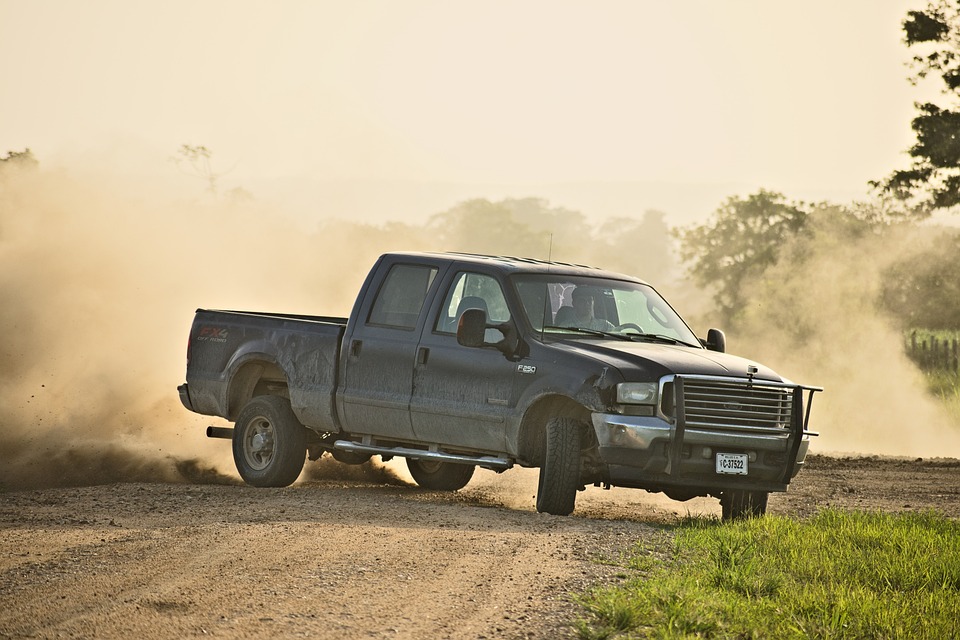Introduction
Pamplona’s Running of the Bulls is a legendary event that has captivated people from around the world for centuries. This thrilling tradition, also known as the Encierro, takes place during the San Fermín festival, held annually in Pamplona, Spain. The event involves hundreds of brave individuals running alongside a group of charging bulls through the city streets. The Running of the Bulls is a true testament to the human spirit, as participants display courage, strength, and a deep respect for tradition.
A Historical Heritage
The origins of the Running of the Bulls date back to the 14th century and are deeply rooted in Spanish culture. Originally, the event was created to transport the bulls from their resting place to the bullring. Over time, this simple act transformed into a thrilling spectacle that attracts both locals and tourists alike. The tradition gained further prominence after it was depicted in Ernest Hemingway’s novel, “The Sun Also Rises”, bringing international attention to Pamplona.
The Run and the Courageous Runners
Each day at 8 a.m. from July 7th to 14th, the adrenaline-fueled spectacle begins. The course spans 875 meters through the narrow, cobbled streets of Pamplona. Thousands of runners gather, many dressed in traditional white clothing adorned with a red waistband and matching neckerchief. The release of the bulls marks the commencement of the run, as participants sprint ahead, attempting to outrun the powerful creatures. The race lasts mere minutes but leaves a lasting memory for those who experience it.
Safety Measures and Controversy
Although exhilarating, the Running of the Bulls is not without its risks. Safety measures are put in place to protect both participants and the animals. Prior to the event, the streets are thoroughly cleaned, and barricades are erected to provide safe areas for the runners. Medical personnel and emergency services are also on standby. Despite these precautions, injuries are common, ranging from bruises and fractures to more serious injuries caused by goring. The event has faced criticism from animal rights activists who argue against the harm inflicted upon the bulls.
Celebration and Tradition
San Fermín festival is not just about the Running of the Bulls; it is a week-long celebration filled with music, traditional dances, fireworks, and religious processions. The city comes alive with colorful decorations and joyful spectators. The festival is deeply ingrained in the culture of Pamplona, and locals take great pride in upholding this beloved tradition. It is a time for both reflection and revelry, as the city unites to honor San Fermín, the patron saint of Pamplona.
FAQs
Q: How long does the Running of the Bulls last?
A: The Running of the Bulls lasts for eight days, from July 7th to 14th, with a race taking place each morning.
Q: Can anyone participate in the Running of the Bulls?
A: Yes, anyone over the age of 18 can participate. However, it is important to be aware of the risks and follow safety guidelines.
Q: Are there any rules for runners?
A: Yes, runners must follow a set of guidelines, such as not being under the influence of alcohol or drugs, wearing appropriate clothing, and respecting other participants.
Q: Are there viewing areas for spectators?
A: Yes, there are designated areas for spectators to watch the run safely. It is important to arrive early to secure a good spot.
Q: What happens to the bulls after the run?
A: The bulls are later used in bullfights, a traditional event in Spain. They are taken to the bullring and play a significant role in the cultural spectacle of bullfighting.

